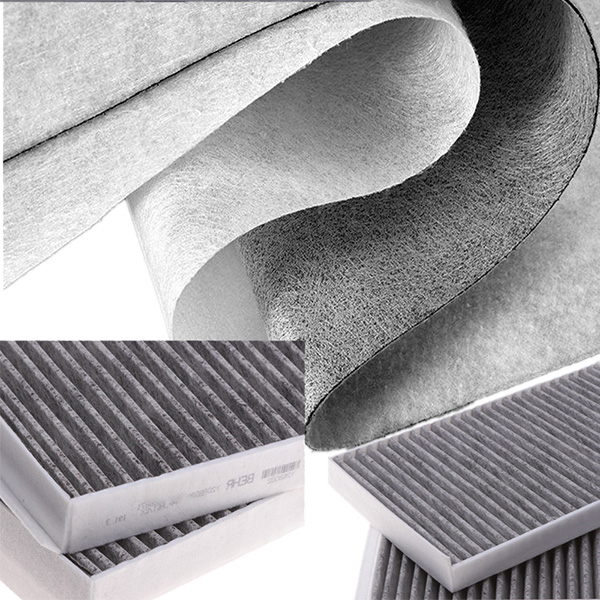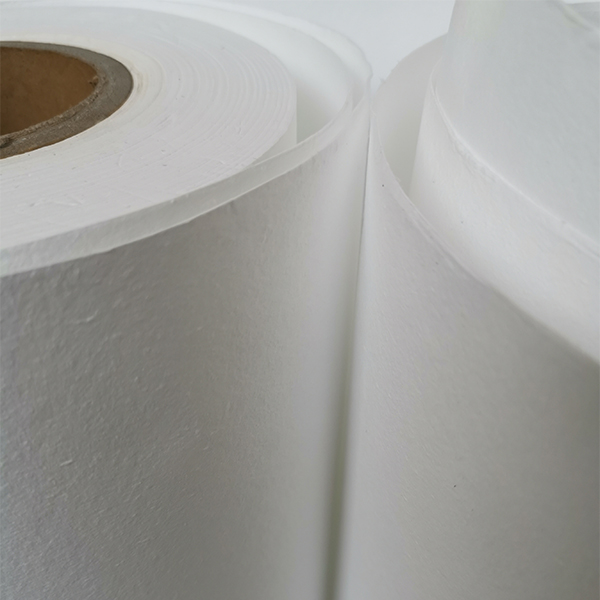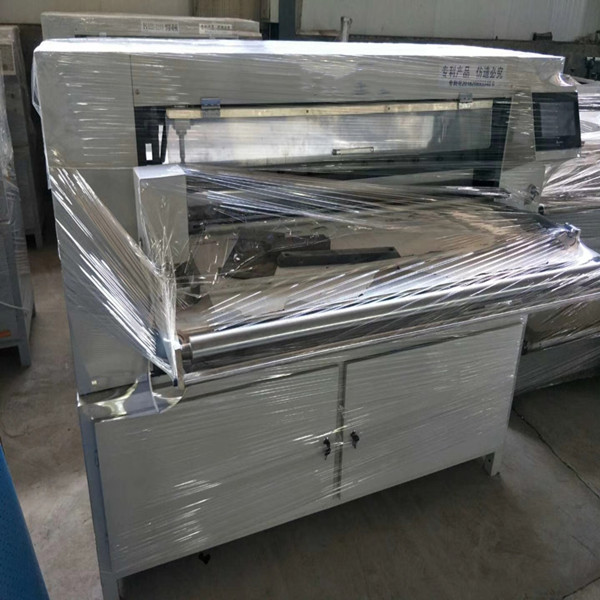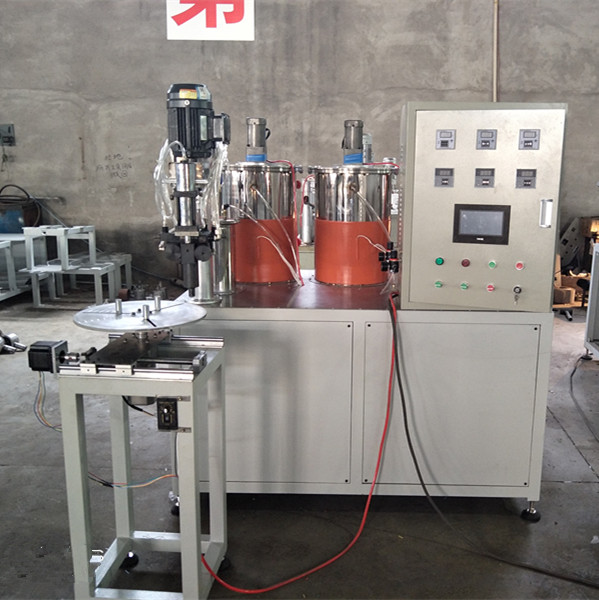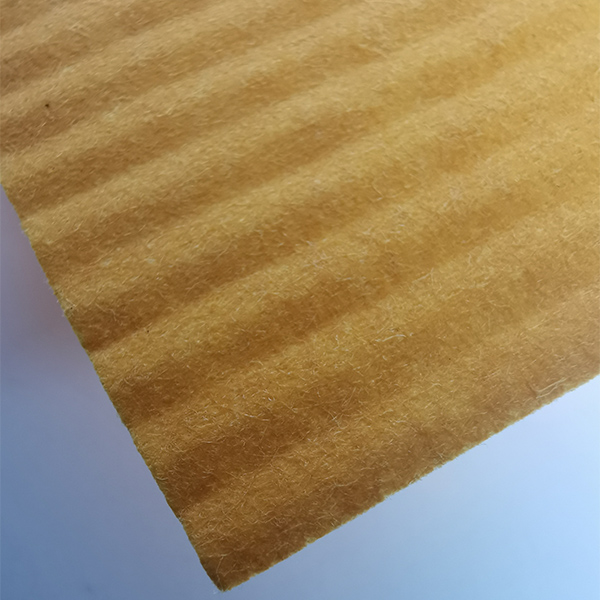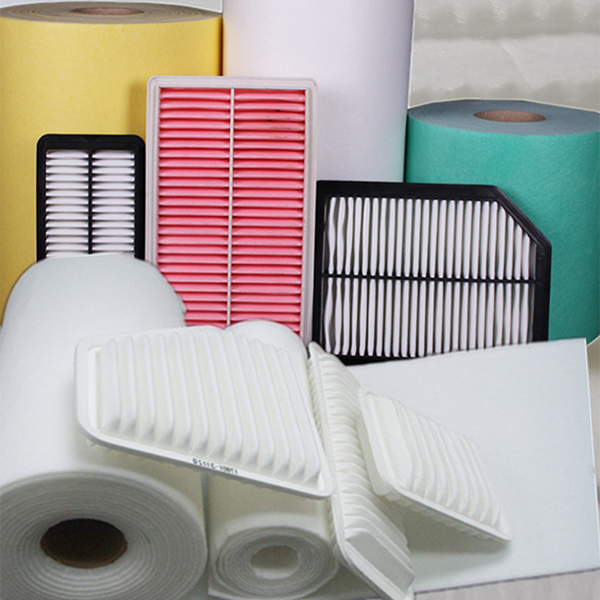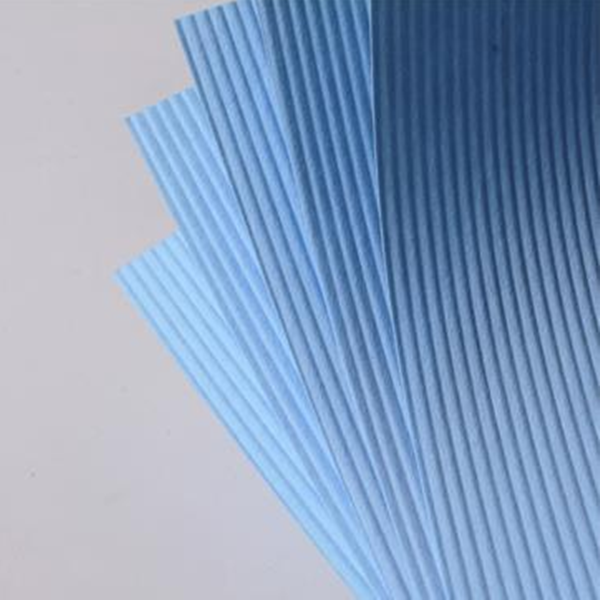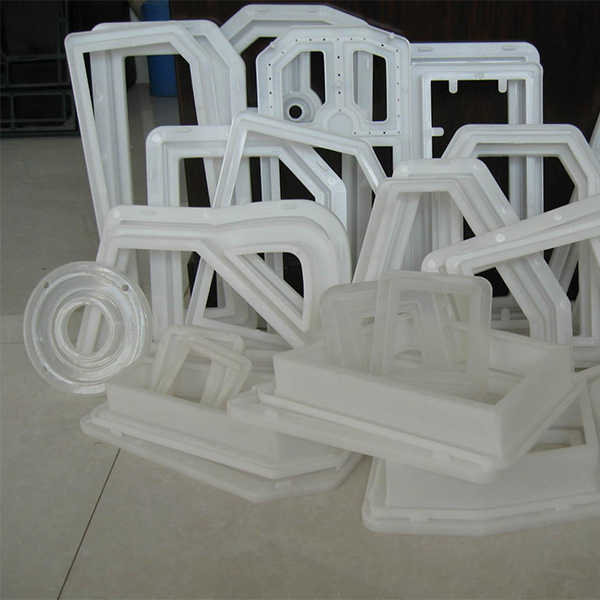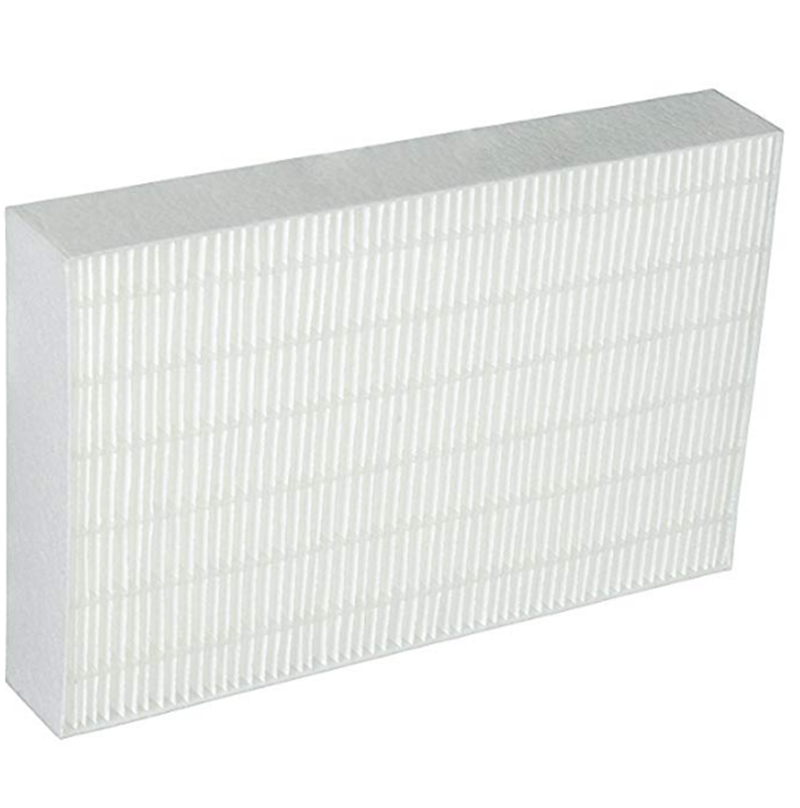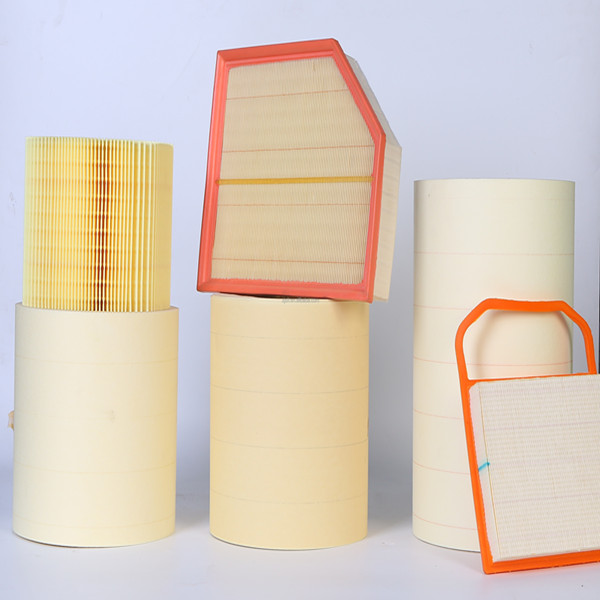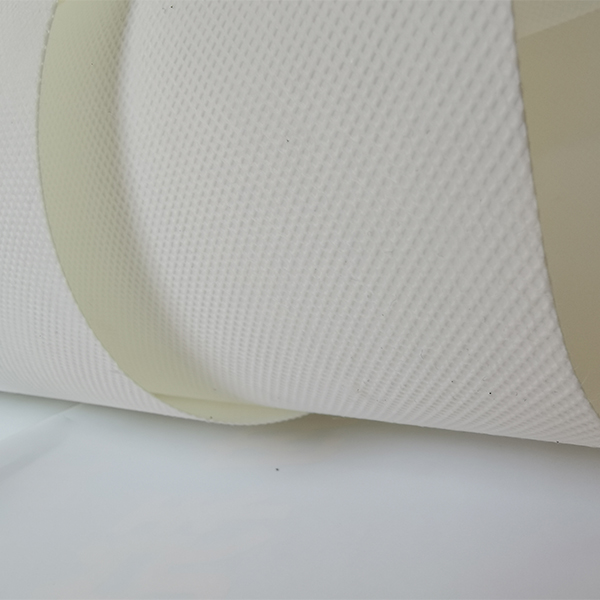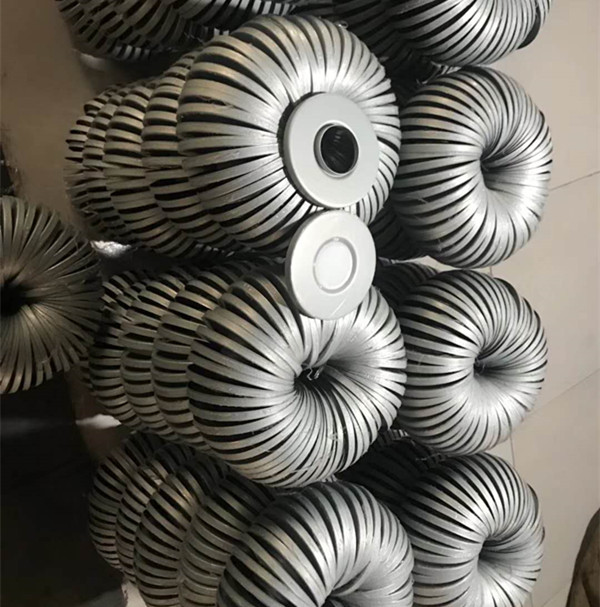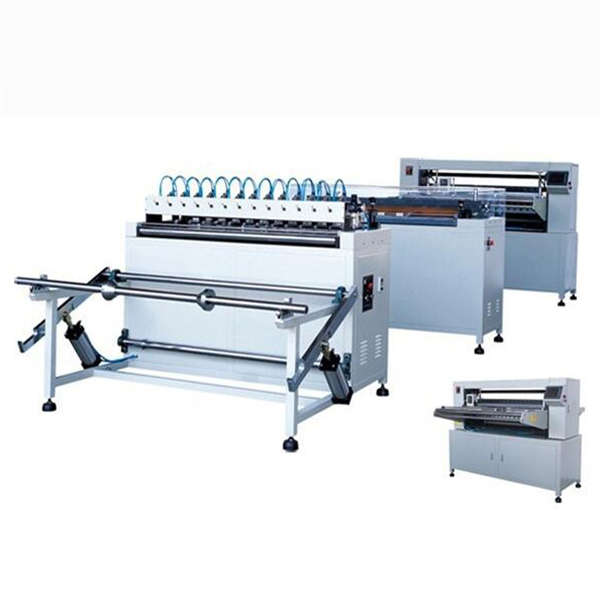- Industry Overview & Importance of Automotive Air Filter Paper
- Technical Advancements in Filter Paper Materials
- Performance Metrics: Data-Driven Comparison
- Manufacturing Machinery: Key Players & Capabilities
- Custom Solutions for Diverse Automotive Applications
- Real-World Implementation Case Studies
- Sustainable Future of Automotive Filtration Systems
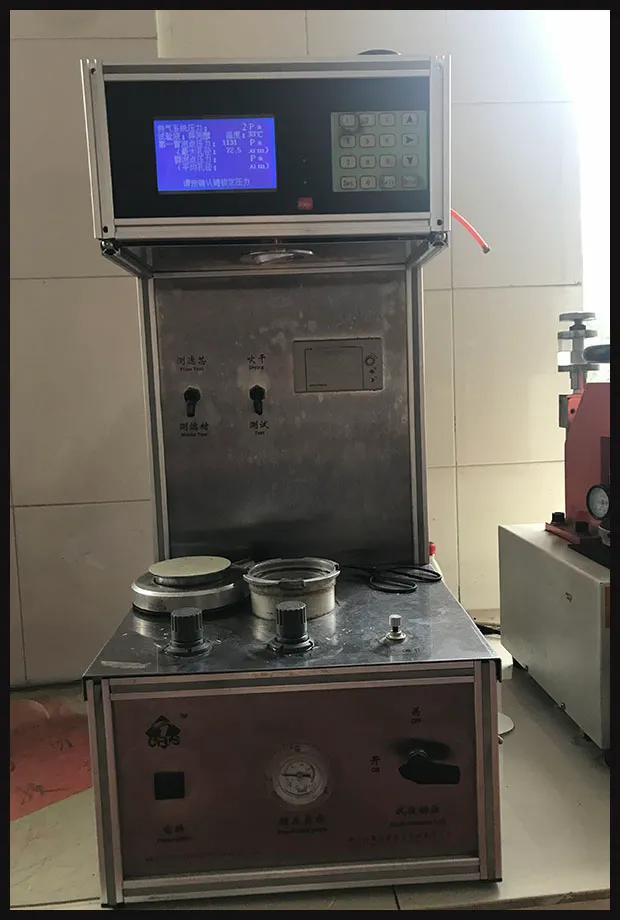
(automotive air filter paper)
Automotive Air Filter Paper: The Foundation of Clean Engine Performance
Modern vehicles require 98.6% particulate filtration efficiency to meet EURO 7 standards, driving demand for advanced automotive air filter paper
. This specialized material prevents 15-40 micron contaminants from entering combustion chambers, directly impacting engine longevity and fuel efficiency. Over 72% of commercial vehicle manufacturers now prioritize nanofiber-coated filter paper to extend service intervals by 300% compared to conventional cellulose blends.
Breakthroughs in Material Engineering
Leading manufacturers employ triple-layer composite structures combining:
- Base layer: Hydroentangled polyester (85 g/m² density)
- Mid layer: Resin-impregnated cellulose (EN 779:2012 certified)
- Surface layer: Electrospun PVDF nanofibers (0.3-0.7 µm fiber diameter)
This architecture achieves 99.97% filtration at 0.3 µm particles while maintaining 120 Pa maximum pressure drop – 35% lower than industry benchmarks.
Quantitative Analysis of Filter Performance
| Parameter | Standard Grade | Nanofiber Enhanced | Hybrid Composite |
|---|---|---|---|
| Dust Holding Capacity (g/m²) | 220±15 | 380±20 | 540±25 |
| Initial Efficiency @10µm | 92.5% | 97.8% | 99.1% |
| Water Resistance (kPa) | 2.3 | 4.7 | 6.9 |
| Service Life (months) | 6-9 | 12-18 | 24-36 |
Manufacturing Technology Landscape
The automotive filter paper production ecosystem features three dominant machine types:
- High-speed wet-laid machines (400-600 m/min)
- Multi-stage impregnation systems with IR curing
- Electrostatic nanofiber deposition units
Top-tier manufacturers achieve 0.5% thickness variation across 3,000-meter rolls, outperforming competitors' 1.2-1.8% tolerance levels.
Application-Specific Engineering Solutions
Customized automotive filter paper configurations address:
- Heavy-duty diesel: Sulfur-resistant coatings
- Electric vehicle HVAC: Antimicrobial additives
- Off-road equipment: Pre-filtration layers
A leading European OEM reduced warranty claims by 43% after implementing humidity-compensated filter paper in their turbocharged engines.
Industrial Implementation Success Stories
Case 1: A Tier-1 supplier increased production yield 18% by adopting automated web inspection systems with 5µm defect detection. Case 2: Synthetic-media conversion in Asian markets decreased oil contamination incidents by 67% within 24 months.
Automotive Air Filter Paper in the Electrification Era
While EV adoption grows at 29% CAGR, internal combustion engines will still constitute 68% of vehicles through 2035. Next-generation automotive filter paper integrates conductive additives for sensor-equipped smart filters, with prototypes showing 0.02% accuracy in remaining life prediction. Sustainable production methods now recover 92% of solvent emissions, aligning with circular economy mandates.
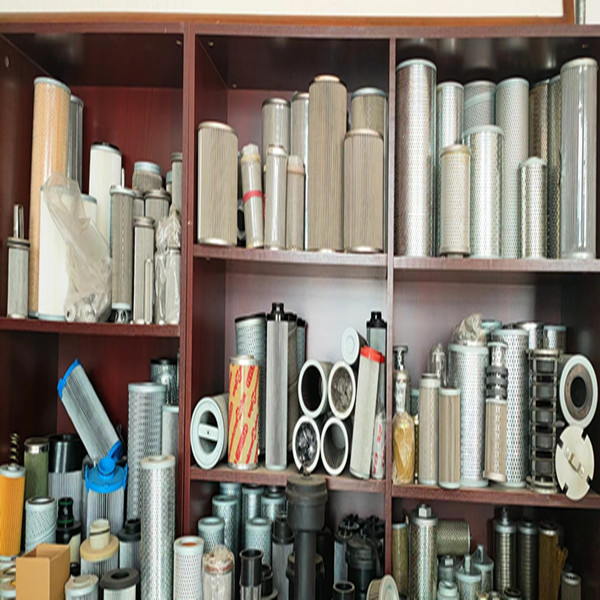
(automotive air filter paper)
FAQS on automotive air filter paper
Q: What materials are used in automotive air filter paper?
A: Automotive air filter paper is typically made from synthetic fibers, cellulose, or a blend of both. These materials are treated with resins to enhance durability, moisture resistance, and filtration efficiency. The composition ensures optimal airflow while trapping contaminants.
Q: How does automotive filter paper improve engine performance?
A: High-quality automotive filter paper captures fine particles like dust and pollutants, preventing them from entering the engine. This reduces wear on internal components and maintains optimal air-fuel ratios. Improved filtration directly supports fuel efficiency and engine longevity.
Q: What machines are essential for automotive filter paper manufacturing?
A: Key machines include pneumatic forming units for fiber dispersion, resin-coating systems, and curing ovens. Automated cutting and pleating machines ensure precision in shaping filter media. Advanced quality control systems validate pore size and permeability standards.
Q: Why is resin treatment critical for automotive filter paper?
A: Resin treatment strengthens the paper’s structure and provides resistance to oil, water, and temperature fluctuations. It also stabilizes the fiber matrix to prevent deformation under pressure. This ensures consistent performance in harsh automotive environments.
Q: How do automotive filter manufacturing machines ensure consistency?
A: Modern machines use programmable logic controllers (PLCs) to maintain precise parameters like fiber density and resin application. Automated sensors detect defects in real-time during production. This minimizes waste and guarantees uniform quality across batches.
Post time: May-24-2025

